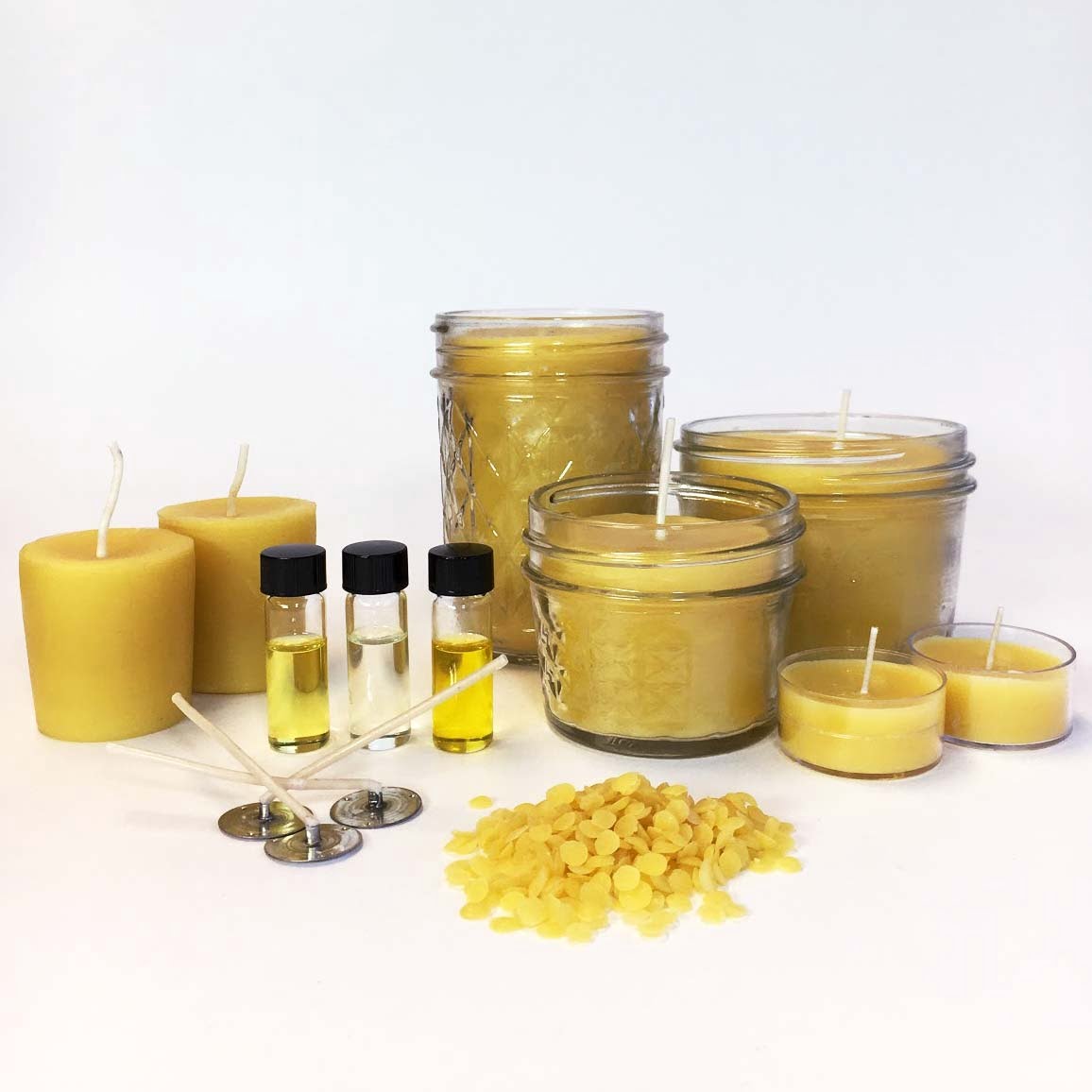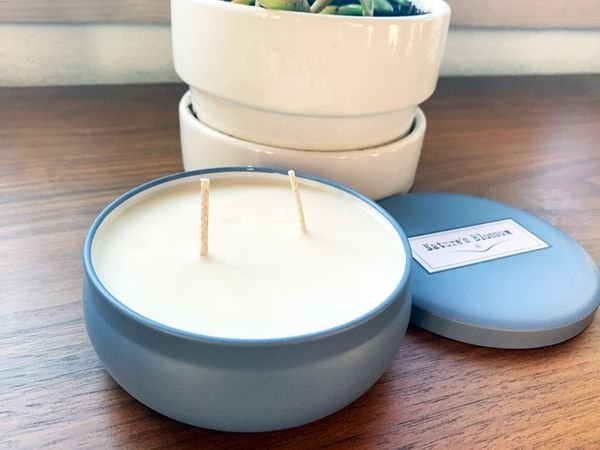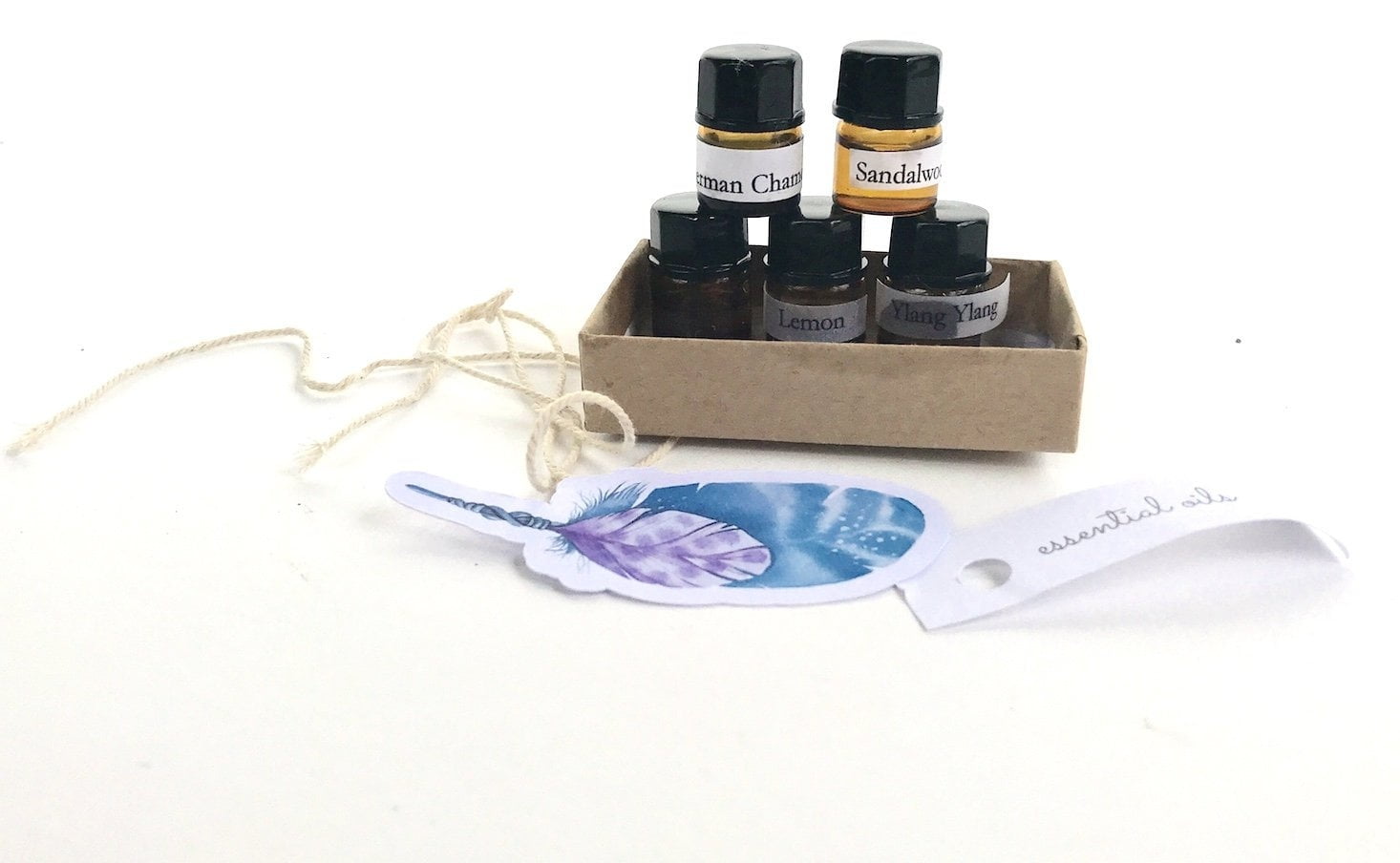Why is choosing the healthiest wax for candle making so important? In this article, we will delve into the crucial factors to consider when selecting wax for your candles. We will explore the potential health risks associated with using unhealthy waxes and provide an overview of the various options available in the market.
When it comes to candle making, the type of wax used plays a significant role in both the quality of the candle and its impact on our health. Unhealthy waxes can release harmful chemicals when burned, leading to indoor air pollution and potential respiratory problems. It is vital for candle makers to prioritize their own health and that of their customers by opting for safer alternatives.
In this article, we will discuss natural waxes versus synthetic waxes, delving into their characteristics and composition. We will also examine specific types of waxes, such as soy wax, beeswax, coconut wax, palm wax, and paraffin wax. Each option offers unique benefits and considerations in terms of both health and performance. By understanding these differences, you can make informed choices that promote healthier candle making practices.
Check out our upcoming sections for detailed information on each type of wax: Soy Wax: The Eco-friendly and Healthier Alternative; Beeswax: The Traditional and Sustainable Choice; Coconut Wax: The Versatile and Luxurious Option; Palm Wax: The Environmentally Responsible Wax; Paraffin Wax: The Conventional and Controversial Choice; Blended Waxes: Finding the Right Balance for Health and Performance. Let’s dive into the world of healthy candle making together.
Natural Wax vs. Synthetic Wax
Introduction
When it comes to candle making, choosing the right wax is crucial for both the quality of the candles and the health of those who use them. There are various options available in the market, ranging from natural waxes to synthetic alternatives. Understanding the difference between natural and synthetic waxes is essential in making an informed decision for healthier candle making.
Definition and Characteristics of Natural Waxes
Natural waxes are derived from plant or animal sources, such as soybean oil, coconut oil, beeswax, or palm oil. These waxes are considered to be more environmentally friendly and sustainable compared to synthetic options. Natural waxes also tend to burn cleaner with minimal soot emission.
Overview of Synthetic Waxes and Their Composition
Synthetic waxes, on the other hand, are petroleum-based products that undergo a refining process to create a wax-like material. These waxes often contain additives and chemicals to improve their performance and appearance. Synthetic waxes have a higher melting point than natural waxes, which can affect how they burn.
The Impact of Using Natural vs. Synthetic Wax on Candle Quality and Health.
Using natural wax can have several benefits for candle quality and health. Natural waxes generally have better fragrance throw, meaning they can effectively release scents into the air when burned. They also tend to produce less soot, reducing air pollution indoors. On the other hand, synthetic waxes may not achieve the same level of scent throw as natural ones.
In terms of health considerations, natural wax candles are generally seen as safer options as they do not release harmful chemicals when burned. Synthetic waxes may emit toxins like benzene and formaldehyde when heated, which can pose health risks over time. It is important to prioritize using natural wax options for those concerned about indoor air quality and potential respiratory issues.
Understanding the difference between natural and synthetic waxes is essential for choosing the healthiest option for candle making. While natural waxes offer benefits in terms of environmental sustainability and cleaner burning, synthetic waxes may have certain advantages in performance and appearance. Ultimately, candle makers should consider their priorities in terms of health, sustainability, and candle quality when selecting the wax for their creations.
Soy Wax
Introduction to Soy Wax
Soy wax is a natural, renewable resource that has gained popularity among candle makers as an eco-friendly and healthier alternative to traditional waxes. It is made from soybean oil, which is derived from soybeans. This type of wax was introduced in the market in the early 1990s as a response to the growing demand for environmentally sustainable products.
Benefits of Using Soy Wax for Candle Making
One of the main advantages of using soy wax for candle making is its eco-friendliness. Soybeans are a renewable resource, meaning they can be replaced faster than they are consumed. This makes soy wax a more sustainable choice compared to fossil fuel-based waxes such as paraffin. Additionally, soybeans are predominantly grown in North America and do not contribute to deforestation or habitat destruction.
In addition to being environmentally friendly, soy wax also offers health benefits. Unlike paraffin wax, which is derived from petroleum, soy wax is completely natural and does not release harmful chemicals when burned. It produces minimal soot and toxins, leading to cleaner indoor air quality. People with allergies or sensitivities often find that burning soy candles does not cause any adverse reactions.
How Soy Wax Contributes to a Healthier Indoor Environment
| Benefit | Description |
|---|---|
| Cleaner Air Quality | Soy wax candles produce less soot and toxins when burned compared to paraffin candles. |
| No Toxins Released | Soy wax is made from natural ingredients and does not release harmful chemicals into the air when burned. |
| Reduced Risk of Allergic Reactions | Individuals with sensitivities or allergies may find that burning soy wax candles does not cause any adverse reactions. |
Furthermore, soy wax has a lower melting point than paraffin wax, which results in a longer burn time for soy candles. This means that soy wax candles generally last longer and provide more value for your money. Additionally, soy wax has excellent fragrance-holding capabilities, allowing it to release scents evenly and consistently throughout the candle’s burning.
Beeswax
Beeswax has been used for centuries in candle making and is known for its natural and sustainable properties. It is a waxy substance secreted by honeybees, which they use to build their honeycomb cells. Beeswax candles have gained popularity due to their numerous health benefits and eco-friendly nature.
One of the key advantages of using beeswax for candle making is its ability to emit negative ions when burned. Negative ions help neutralize pollutants in the air, improving indoor air quality. This makes beeswax candles particularly beneficial for individuals with allergies or asthma, as they can help reduce symptoms and improve respiratory health.
Additionally, beeswax burns longer and cleaner than many other waxes, producing minimal soot and smoke when lit properly. This clean-burning characteristic ensures that the candles do not release harmful toxins into the surrounding environment, contributing to a healthier home atmosphere.
When choosing beeswax for candle making, it is important to consider the purity of the wax. Pure beeswax is free from additives or contaminants and provides the highest quality candles. However, there are also blended options available that combine beeswax with other natural waxes or oils to enhance fragrance throw or burn performance.
Some key points about Beeswax:
– Natural substance secreted by honeybees.
– Emit negative ions when burned, improving indoor air quality.
– Burns longer and cleaner than many other waxes.
Coconut Wax
When it comes to choosing the healthiest wax for candle making, coconut wax is a popular and fantastic option that should not be overlooked. Derived from the meat of coconuts, this natural wax offers a variety of benefits for both candle makers and consumers. Its unique properties make it an ideal choice for those who prioritize a clean-burning candle with an aesthetically pleasing appearance.
One of the standout advantages of using coconut wax is its clean-burning nature. Coconut wax has a low melting point, which means it burns slower and more evenly than other waxes.
This slow burn not only extends the life of the candle but also minimizes soot production and reduces indoor air pollution. For individuals with respiratory sensitivities or allergies, coconut wax candles can provide a healthier alternative as they emit fewer volatile organic compounds (VOCs) compared to other types of waxes.
In addition to its impressive burning characteristics, coconut wax also enhances the aesthetic appeal of candles. It has a creamy white color and a smooth texture that gives candles a luxurious appearance. Coconut wax has excellent fragrance retention properties, allowing candles to release their scents more effectively and consistently throughout their lifespan. Candle makers can also easily incorporate additional colors or dyes into coconut wax without compromising its quality or performance.
Overall, coconut wax is an exceptional choice for candle making due to its versatility and luxurious qualities. Its clean-burning nature makes it suitable for individuals seeking healthier alternatives, while its visually appealing attributes enhance the overall candle experience. Whether you are creating candles for personal use or for sale, considering coconut wax as your go-to option can contribute to both your well-being and the satisfaction of your customers.
Palm Wax
Introduction to Palm Wax and its Environmental Sustainability
In recent years, there has been a growing interest in environmentally responsible practices in various industries, including candle making. As consumers become more conscious about the impact of their choices on the planet, sustainable alternatives to traditional waxes have gained popularity. One such alternative is palm wax, a versatile and environmentally responsible option for candle making.
Palm wax is derived from the oil palm tree, also known as Elaeis guineensis. These trees are primarily grown in tropical regions such as Southeast Asia, Africa, and South America. Unlike other natural waxes like soy or beeswax, which require land-intensive cultivation and extraction processes, palm oil plantations utilize previously deforested areas or land that is unsuitable for food crops.
Sustainability is a key factor that sets palm wax apart from other options. Palm oil plantations can be managed sustainably through practices that promote biodiversity conservation and protect wildlife habitats. In fact, organizations such as the Roundtable on Sustainable Palm Oil (RSPO) have been established to certify and promote sustainable palm oil production methods.
Health Considerations when using Palm Wax
When it comes to health considerations for candle making, it is important to note that not all palm waxes are created equal. Some manufacturers may use additives or chemicals during the production process that can affect indoor air quality when burned.
To ensure the healthiest choice of palm wax for candle making, it is crucial to look for products that are made from sustainably sourced palm oil and do not contain any harmful additives or fragrances. Using pure palm wax with natural cotton wicks can provide a cleaner burning experience without releasing potentially toxic substances into the air.
Addressing Concerns about Deforestation and Wildlife Impact
One major concern associated with palm oil production is deforestation and its impact on wildlife habitats. In recent years, there has been increased awareness about these issues and efforts have been made by governments, NGOs, and the industry to address and mitigate these problems.
One way to support environmentally responsible palm wax production is by choosing products that are certified by organizations like the RSPO. These certifications ensure that the palm oil used in the manufacturing process comes from sustainable sources and has been produced with minimal environmental impact.
Furthermore, it is essential for candle makers and consumers to stay informed about the latest developments in sustainable palm wax production and actively support companies that prioritize responsible sourcing. By making informed choices, we can contribute to a more environmentally friendly candle making industry while still enjoying the beauty and ambiance of palm wax candles.
Paraffin Wax
The Most Widely Used Synthetic Wax
Paraffin wax is by far the most widely used synthetic wax in the candle making industry. It is derived from petroleum, and its low cost and availability make it a popular choice for many candle makers. Paraffin wax is known for its ability to hold color and fragrance well, resulting in candles that have vibrant hues and strong scents. It also has a long burning time, making it an economical option for both candle makers and consumers.
However, the use of paraffin wax comes with its fair share of controversy. Critics argue that it releases harmful chemicals when burned, posing potential health risks to those who inhale the fumes. These concerns are mainly due to the fact that paraffin wax is made from crude oil, which contains various impurities that can release toxic fumes when heated.
Health Risks Associated with Burning Paraffin Candles
When burned, paraffin wax releases potentially hazardous chemicals such as benzene and toluene into the air. Benzene is a known carcinogen, while toluene can cause respiratory problems and irritate the central nervous system. Prolonged exposure to these chemicals may increase the risk of developing various health conditions, including cancer and respiratory ailments.
Furthermore, burning paraffin candles can contribute to indoor air pollution. The soot produced by these candles can contain harmful particulate matter that can be inhaled into the lungs, exacerbating existing respiratory conditions or causing new ones. For individuals with asthma or other sensitivities, this can be particularly problematic.
Alternatives and Precautions for Paraffin Candle Enthusiasts
For candle makers or enthusiasts who still prefer using paraffin wax despite the associated health risks, there are precautions that can be taken to minimize exposure to harmful fumes. One option is to ensure proper ventilation in the space where the candles are burned, allowing any fumes produced to dissipate. Another precaution is to trim the wick regularly, as a longer wick contributes to more soot and emissions.
Alternatively, individuals who want to prioritize their health while still enjoying the aesthetic appeal of traditional paraffin candles can explore alternatives. Many natural waxes, such as soy wax, beeswax, coconut wax, and palm wax, offer a healthier option without compromising on candle quality or performance. These alternative waxes burn cleaner and produce fewer harmful byproducts compared to paraffin wax.
Ultimately, it is crucial for candle makers and consumers alike to be aware of the potential health risks associated with burning paraffin candles. By making informed choices and opting for healthier wax options, we can create candles that not only enhance our living spaces but also contribute to a healthier indoor environment for everyone.
Blended Waxes
Blended waxes offer candle makers the opportunity to find the right balance between health and performance. These waxes are a combination of different types of natural or synthetic waxes, carefully formulated to provide desired attributes. By blending different waxes together, candle makers can create candles that burn well, have excellent scent throw, and also prioritize health considerations.
One popular type of blended wax is a soy and beeswax blend. This combination brings together the best qualities of both waxes. Soy wax provides a clean-burning experience while beeswax adds durability and a natural golden color to the candles. This blend creates candles that have a longer burn time and emit a warm and natural glow. Additionally, this blend is known for its strong scent throw, making it ideal for scented candles.
Another commonly used blended wax is a coconut and palm wax blend. This combination offers the benefits of both waxes. Coconut wax has excellent fragrance retention and gives candles a smooth texture, while palm wax provides firmness and durability to the candles. The combination of these two waxes results in high-quality candles with good burn characteristics and an elegant appearance.
When choosing blended waxes, it is essential to consider factors such as melting point, compatibility with fragrances, and overall performance goals for your candles. Different blends will have varying properties, so it’s crucial to experiment with different ratios until you find the perfect blend for your specific needs.
Conclusion
In conclusion, choosing the healthiest wax for candle making is essential for both candle makers and consumers. This article has provided an understanding of the importance of selecting the right wax and highlighted the potential health risks associated with using unhealthy options.
Natural waxes, such as soy wax, beeswax, coconut wax, and palm wax, offer eco-friendly and healthier alternatives to synthetic waxes. Soy wax, derived from soybeans, not only burns cleaner but also contributes to a healthier indoor environment. Beeswax, a traditional and sustainable choice, provides various health benefits when burned.
Coconut wax offers versatility and luxury while ensuring clean-burning candles. Palm wax is environmentally responsible when sourced sustainably but still requires careful consideration due to concerns about deforestation and wildlife impact.
On the other hand, paraffin wax, the most widely used synthetic wax in candle making, comes with potential health risks when burned. It is important for those who prefer paraffin candles to consider alternatives or take precautions to minimize exposure.
Additionally, blended waxes provide a balance between health and performance, catering to specific candle-making purposes. Finding the right blend can enhance both the quality and safety of homemade candles.
In conclusion, it is crucial to prioritize health when selecting candle making wax. By being informed about the different options available in the market and considering their impact on both personal well-being and the environment, candle makers can ensure they are making choices that promote a healthier candle burning experience for themselves and their customers.

Welcome to my candle making blog! In this blog, I will be sharing my tips and tricks for making candles. I will also be sharing some of my favorite recipes.





